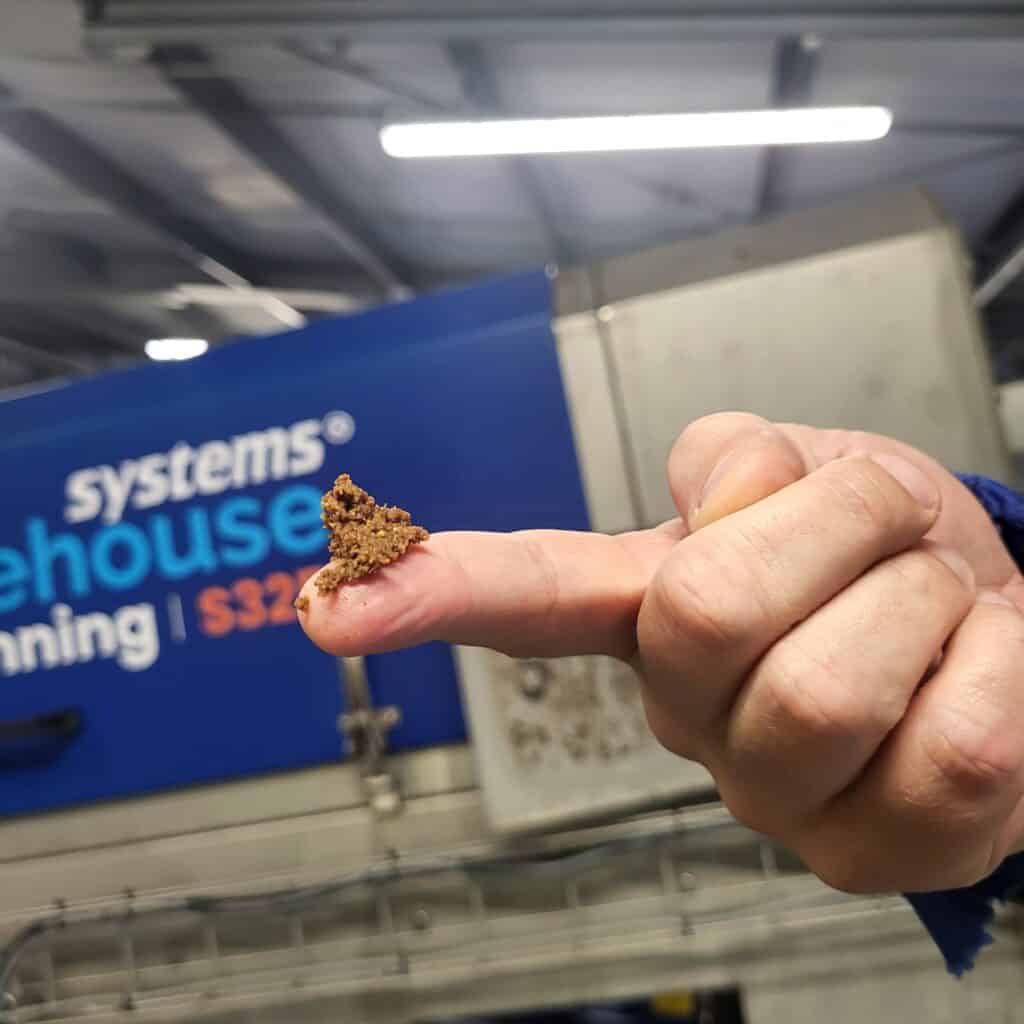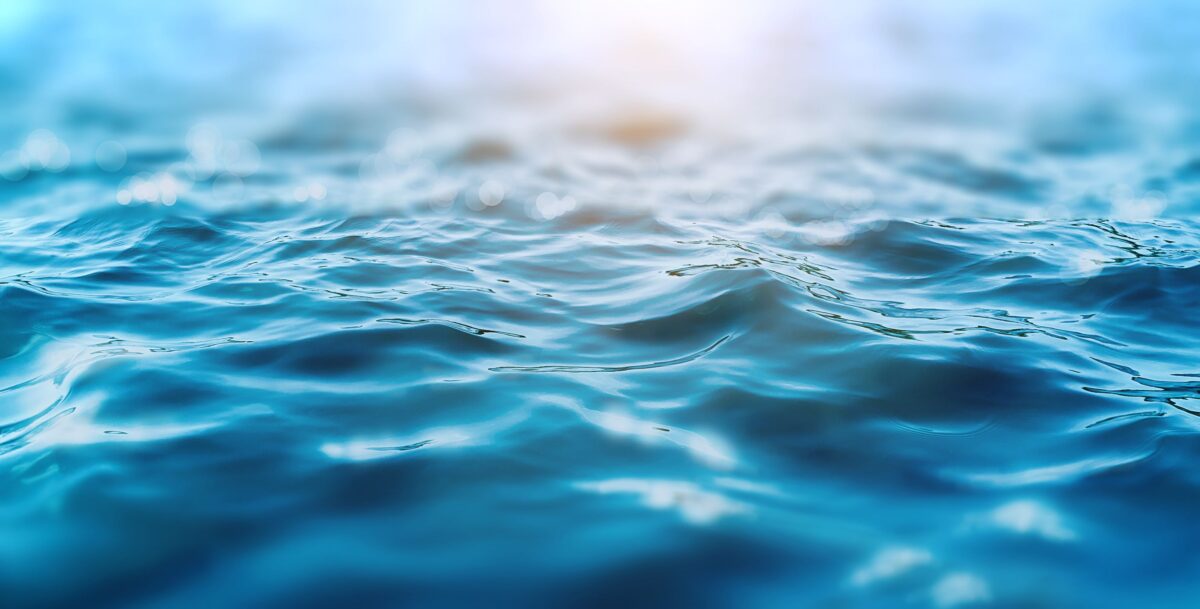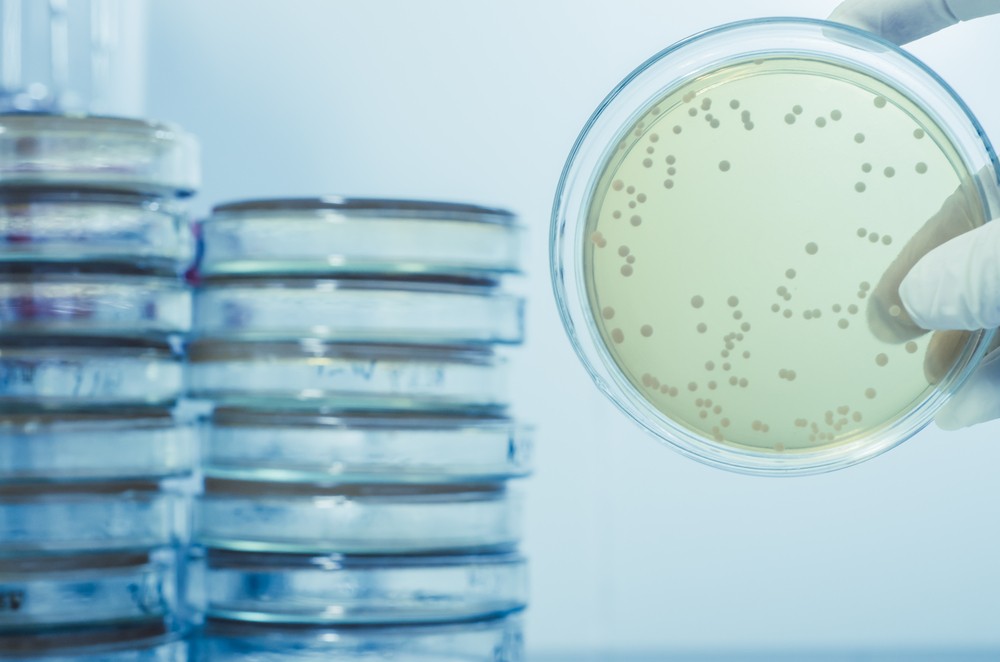This report presents the background, implementation, results and discussions connected to a peer-reviewed scientific journal article published in the Journal of Cleaner Production in November 2024. Scientific journals have strict requirements regarding the length of articles, and therefore it was not possible to present all the details that the authors would have liked in the paper. This report therefore provides additional information that was not included in.
_____
There has been a major renewal of the Icelandic trawler fleet since the turn of the century, while the number of such vessels has decreased by almost half. It has been claimed that the new vessels are much more fuel-efficient and that the carbon footprint of the products must therefore have decreased as results. Data on oil imports to fishing vessels seem to support these claims.
To better analyse the impacts of the fleet renewal on the carbon footprint of fish catches, several representatives from the Icelandic bottom trawler sector joined forces with experts from Matís, the University of Iceland and the University of Akureyri that work on assessing the environmental impacts in production systems. Data was collected from 11 trawlers over a 10-year period and a Life Cycle Assessment (LCA) methodology was applied to analyse their carbon footprint per unit of catch, and then a comparison was made between older and newer vessels to examine if there is a statistically significant difference. The vessels in the sample were chosen to provide a good cross-section of the Icelandic bottom-trawl fleet in terms of size, age, catch composition and location around the country. The sample included four new vessels that were purchased to replace older vessels, i.e. a comparison was made between old and newer vessels from the same fishing company, with the same catch quotas and even the same crew.
The results of the analysis revealed that the renewal of the trawl fleet alone has not had a significant impact on the carbon footprint per unit of catch. Three of the four new vessels examined did not show lower carbon footprint than the older vessels they replaced. The fourth vessel, however, showed a significant reduction in the carbon footprint, but that may be because it replaced two older vessels. The most likely explanation is therefore that since the catch quotas of two vessels were combined on one new vessel, it is the quota status and fishing pattern that had the dominant effect, rather than the age of the vessels. These results consistent with previous studies in Iceland, which have shown that the state of fish stocks, catch quotas, and fishing patterns are by far the most important factors when it comes to greenhouse gas emissions per unit of catch. Thus, the concentration of catch quotas and the reduction in the number of vessels have had a decisive effect on reducing the carbon footprint, rather than fleet renewal. However, it is worth bearing in mind that comparisons between years can be difficult as stock abundance and distribution, as well as catch patterns can vary greatly from year to year.
The results of the life cycle analysis also provided information on the average carbon footprint per unit of catch for the vessels in the sample. This is very important information, as such a comprehensive analysis of the carbon footprint of bottom-trawl catches has not been carried out in Iceland before. Previous data only covered individual trawlers over much shorter periods. The results show that the carbon footprint of a landed cod catch is 0.7 kg CO2 equivalent/kg catch, 0.8 kg when the carbon footprint is allocated to the edible part of the catch, and 4.5 kg when it is allocated to protein content of the edible parts. Similar results were shown for haddock and saithe, but the carbon footprint of redfish is much higher as the fishing itself is more energy-intensive and the utilisation for human consumption is much lower. These results are similar to comparable studies that have been conducted in recent years in the countries the Icelandic seafood industry prefers to compare with. When these values are compared to other protein sources, it is clear that Icelandic bottom-trawl catches are among the protein sources in the world with the lowest carbon footprint. For example, poultry has more than 12 times the carbon footprint per protein unit than the Icelandic cod, pork has 17 times the footprint, and beef has 80 times the footprint. It should be noted, however, that these are global averages.
It should be noted that the life cycle analysis only covered the fishing part of the value chain and that it did not take into account the effects that have been shown in previous studies to have a negligible effect on the carbon footprint of trawling. It also did not take into account the effects of trawling on the seabed, although in recent years it has been suggested that trawling releases large amounts of CO2 that is captured in bottom sediments. However, the scientific community has not agreed on what these effects actually are. The analysis was carried out in accordance with international standards, ISO 14044, and the results are therefore fully comparable with other studies where the same standards have been followed.











